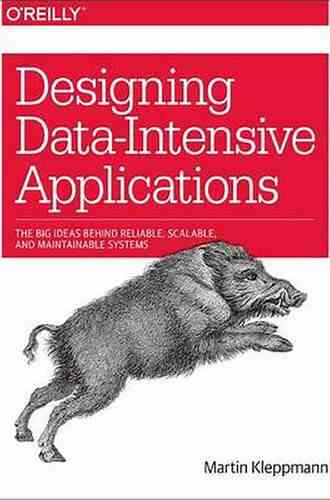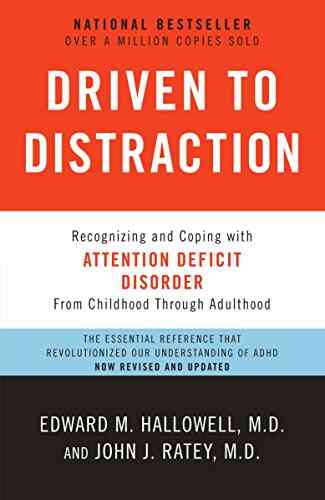The Big Ideas Behind Reliable, Scalable, and Maintainable Systems

When it comes to building robust and efficient systems, there are several key concepts and ideas that software engineers and system architects need to consider. Reliable, scalable, and maintainable systems are essential for businesses to handle increasing loads, provide a seamless user experience, and ensure long-term success. In this article, we'll explore the big ideas behind building such systems.
The Importance of Reliability
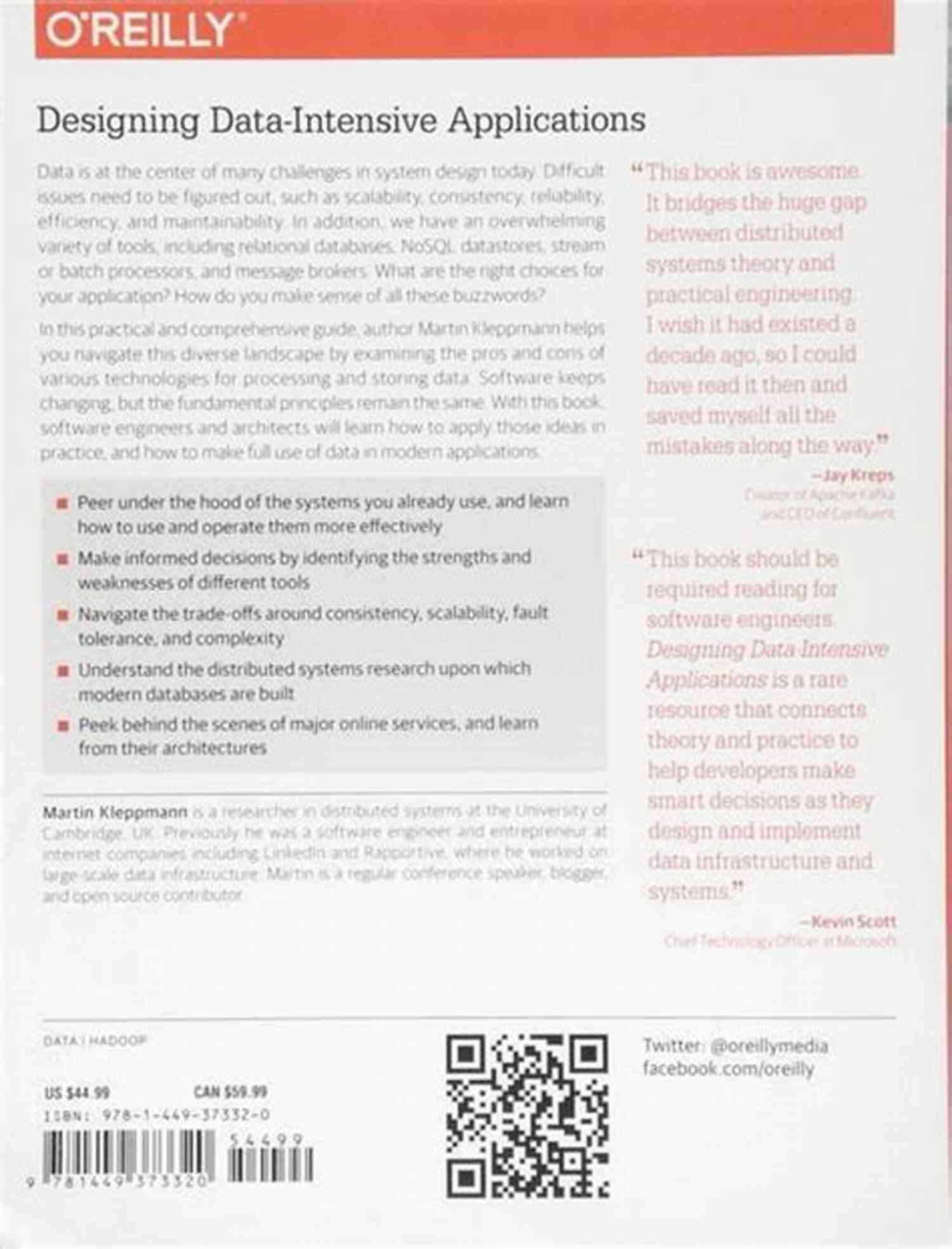
Reliability is the foundation of any successful system. It refers to the ability of a system to consistently perform its intended functions without failures or interruptions. Reliability is achieved through redundancy, backups, failover mechanisms, and effective error handling. By implementing these measures, businesses can minimize downtime, ensure data integrity, and build trust with their users.
Scalability for Handling Increased Loads
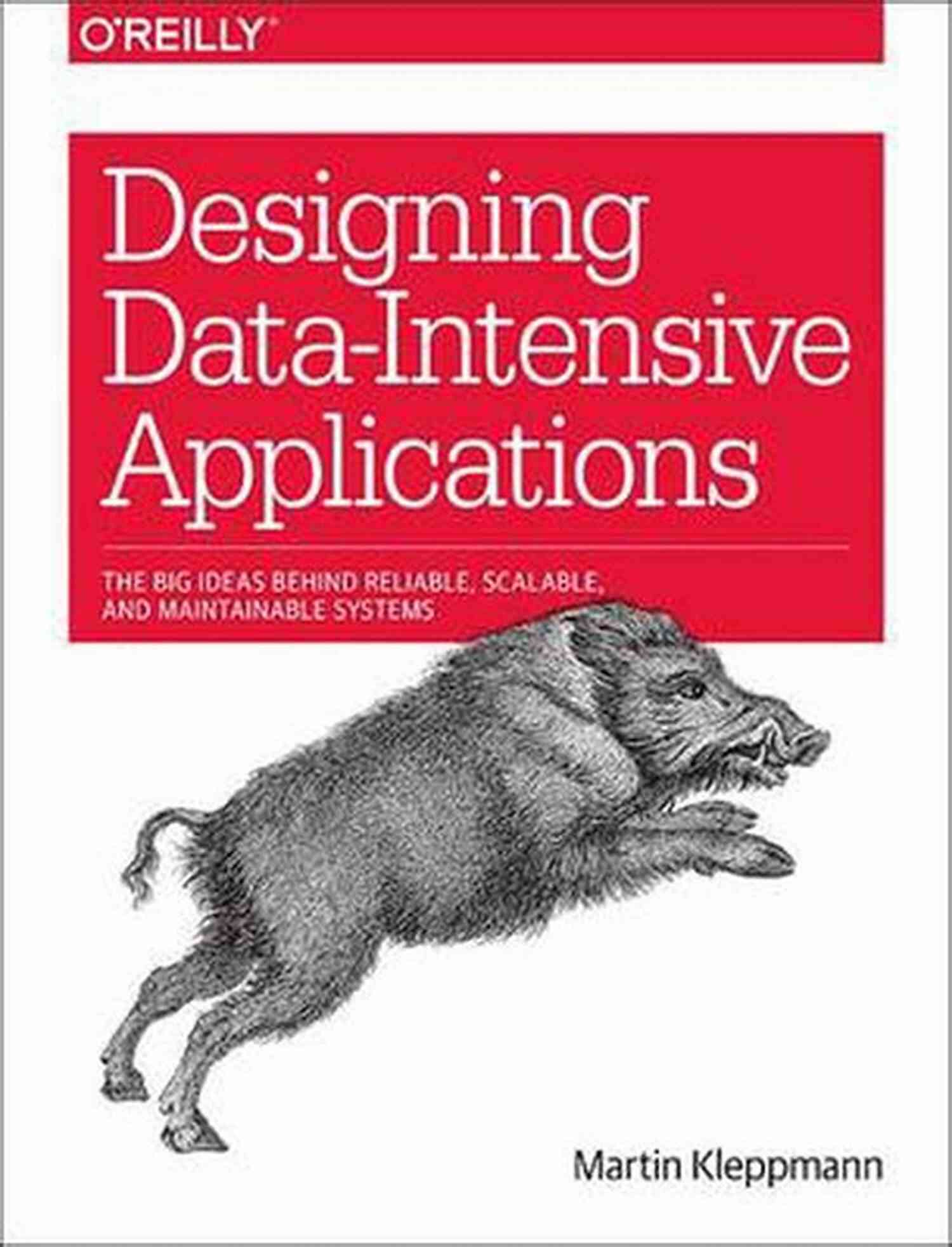
Scalability is crucial as systems need to accommodate growing user bases and handle increased loads. A scalable system can effortlessly handle an increase in traffic, data volume, and user requests. Techniques like load balancing, horizontal scaling, and caching are employed to ensure optimal performance and minimize response time. Without scalability, systems can become overwhelmed, resulting in slower response times, downtime, and, ultimately, users moving to competitors.
4.8 out of 5
| Language | : | English |
| File size | : | 35090 KB |
| Text-to-Speech | : | Enabled |
| Screen Reader | : | Supported |
| Enhanced typesetting | : | Enabled |
| Print length | : | 1051 pages |
Ensuring Maintainability for Longevity

Maintainability refers to the ease with which a system can be maintained, updated, and debugged over its lifespan. It involves writing clean and modular code, adopting design patterns, and thorough documentation. A maintainable system allows developers to make changes efficiently, fix bugs promptly, and adapt to evolving business requirements. Neglecting maintainability can lead to a codebase that becomes increasingly difficult to work with, resulting in wasted resources and decreased productivity.
Building Resiliency through Fault Tolerance
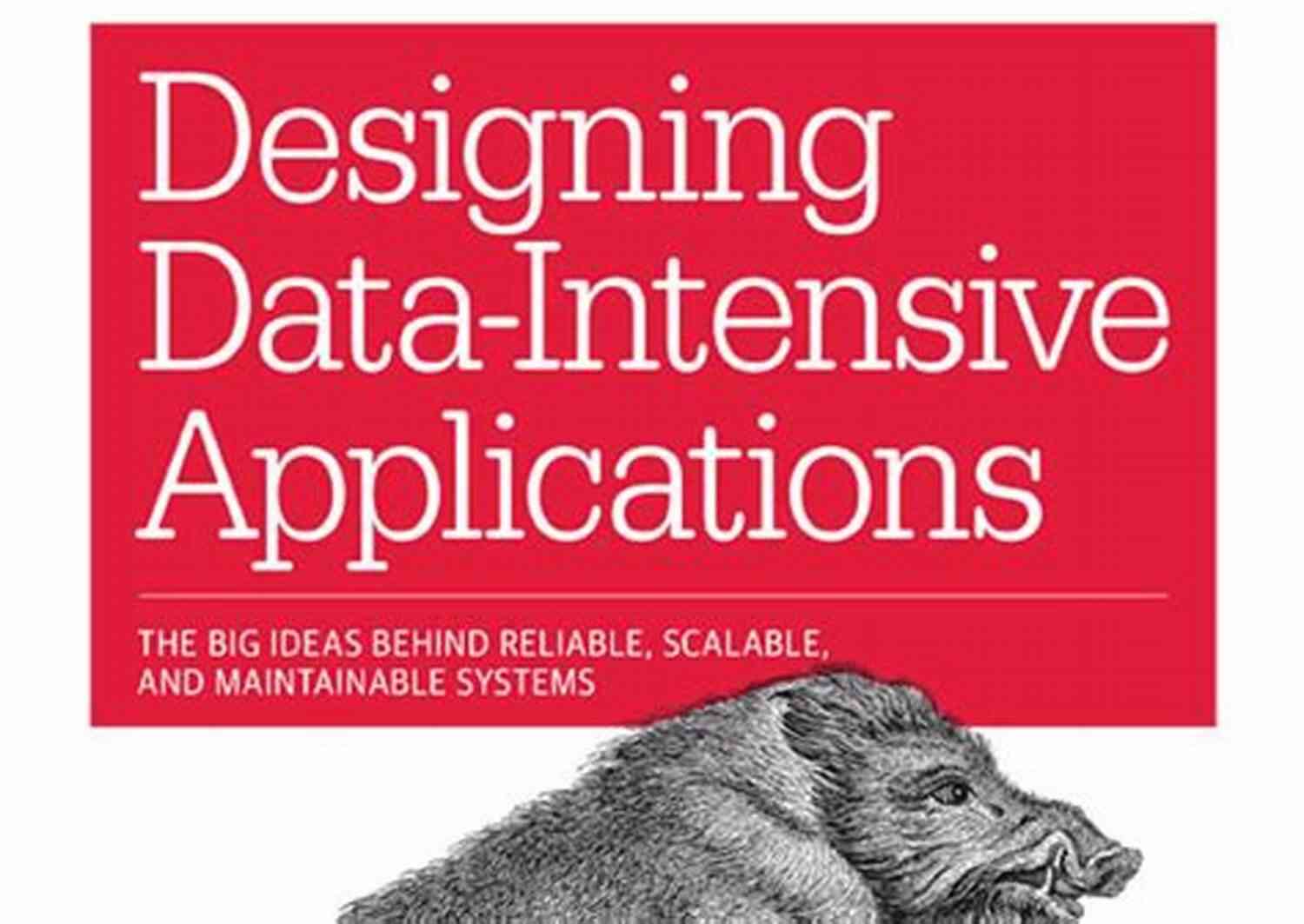
Resiliency is the ability of a system to recover quickly from failures and adapt to changing conditions. Building fault-tolerant systems involves strategies like redundancy, replication, and distributed architectures. By preparing for potential failures and disruptions, businesses can minimize the impact on their users and maintain continuous operation. Resilient systems are key for handling unexpected events, ensuring data durability, and minimizing downtime.
Performance Optimization for User Satisfaction
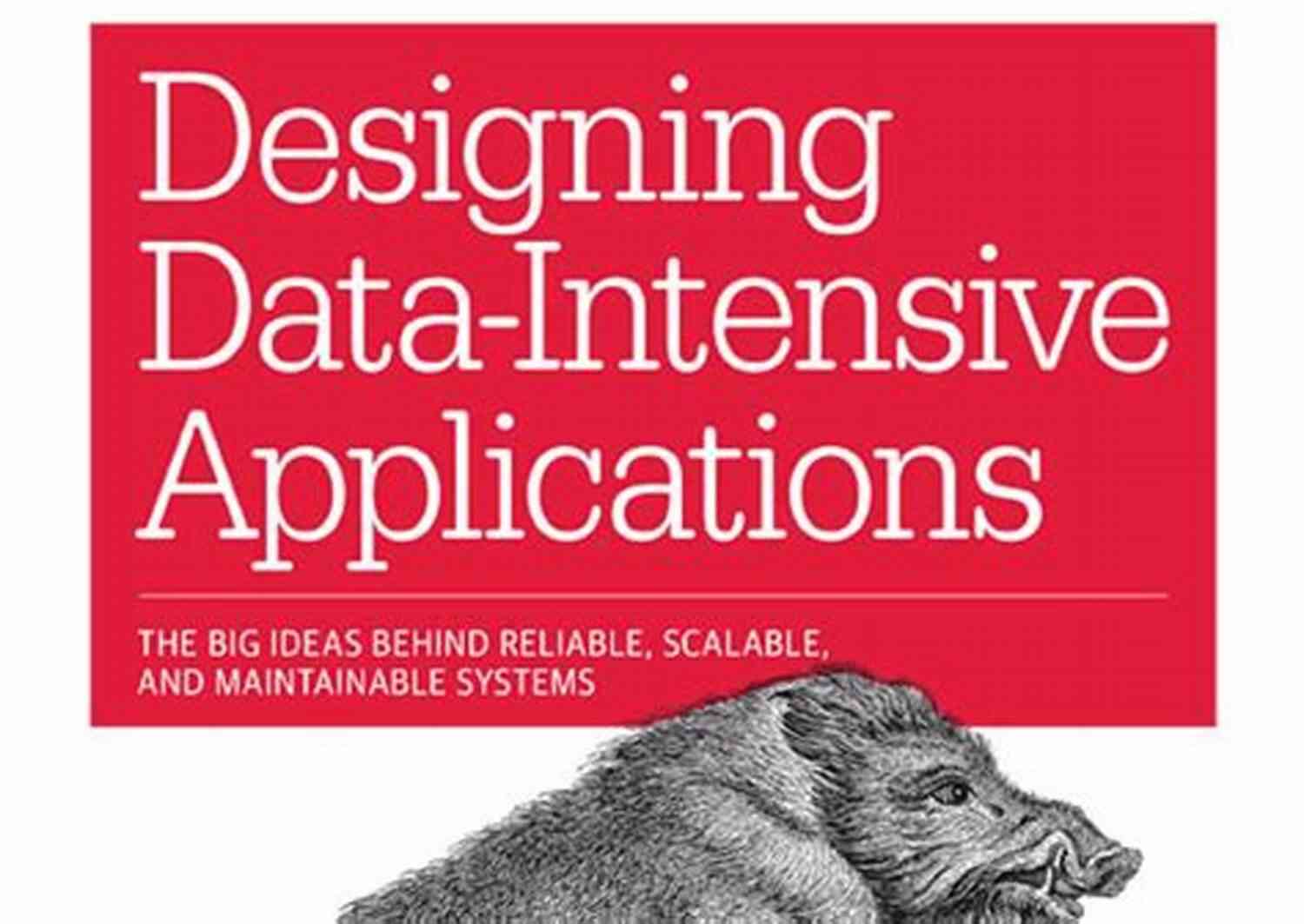
Optimizing system performance is vital to provide a seamless user experience. By reducing response times, improving loading speeds, and optimizing resource utilization, businesses can enhance user satisfaction and retention. Techniques like code profiling, database optimization, and efficient algorithms contribute to performance gains. Neglecting performance optimization could lead to frustrated users, increased bounce rates, and lost revenue opportunities.
The Role of Automation and Monitoring
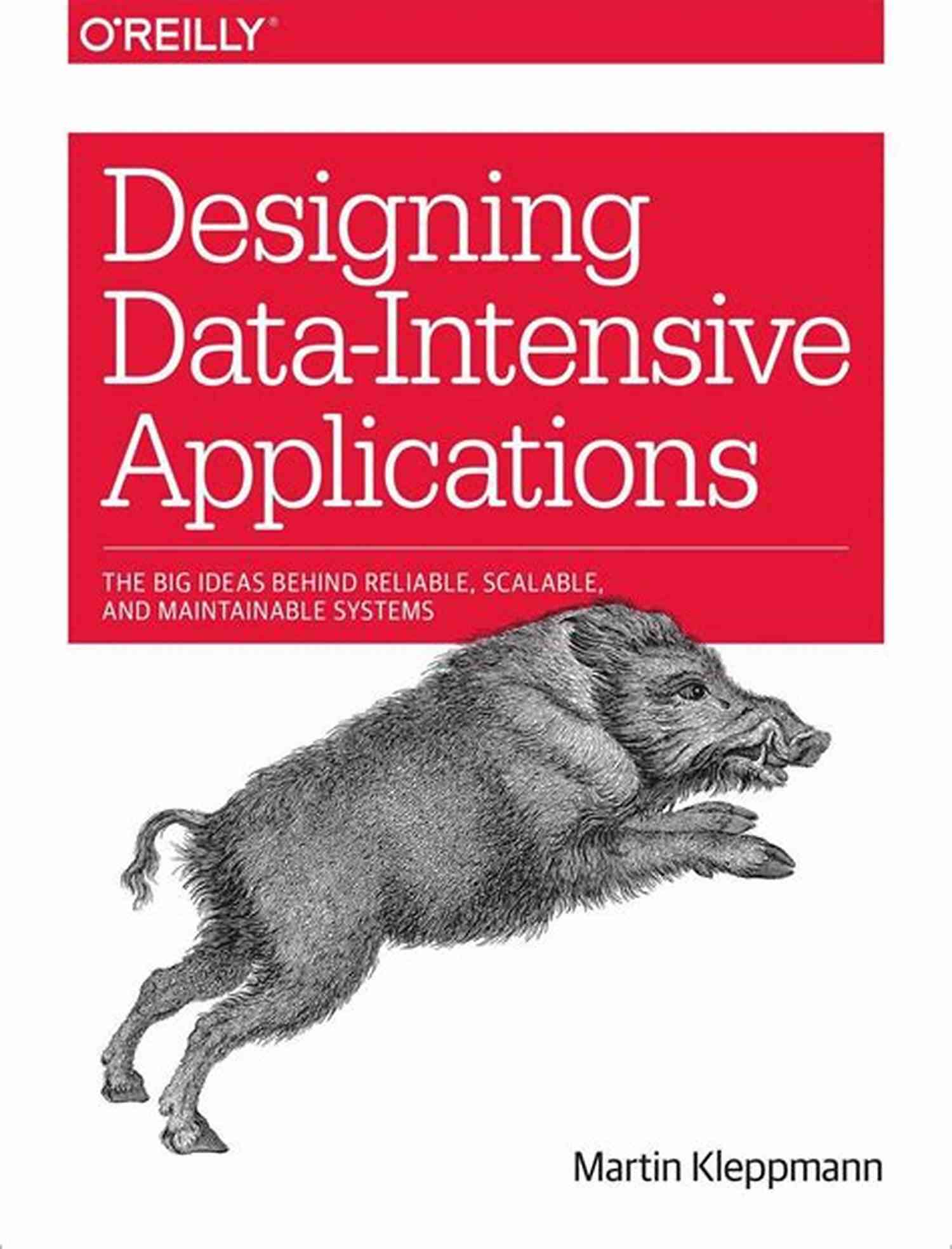
Automation and monitoring play a crucial role in maintaining reliable, scalable, and maintainable systems. Automating repetitive tasks, such as deployments and scaling operations, reduces human error and increases efficiency. Implementing comprehensive monitoring systems allows for real-time visibility into system health, performance, and potential bottlenecks. With automation and monitoring in place, businesses can proactively identify and address issues, improving system reliability and overall performance.
Reliable, scalable, and maintainable systems are the pillars of successful businesses in the digital age. By understanding the big ideas behind building such systems and incorporating them into their software engineering practices, businesses can ensure optimal performance, enhanced user satisfaction, and long-term success. Therefore, it is vital for software engineers and system architects to prioritize reliability, scalability, maintainability, resiliency, performance optimization, automation, and monitoring when designing and implementing systems.
4.8 out of 5
| Language | : | English |
| File size | : | 35090 KB |
| Text-to-Speech | : | Enabled |
| Screen Reader | : | Supported |
| Enhanced typesetting | : | Enabled |
| Print length | : | 1051 pages |
Data is at the center of many challenges in system design today. Difficult issues need to be figured out, such as scalability, consistency, reliability, efficiency, and maintainability. In addition, we have an overwhelming variety of tools, including relational databases, NoSQL datastores, stream or batch processors, and message brokers. What are the right choices for your application? How do you make sense of all these buzzwords?
In this practical and comprehensive guide, author Martin Kleppmann helps you navigate this diverse landscape by examining the pros and cons of various technologies for processing and storing data. Software keeps changing, but the fundamental principles remain the same. With this book, software engineers and architects will learn how to apply those ideas in practice, and how to make full use of data in modern applications.
- Peer under the hood of the systems you already use, and learn how to use and operate them more effectively
- Make informed decisions by identifying the strengths and weaknesses of different tools
- Navigate the trade-offs around consistency, scalability, fault tolerance, and complexity
- Understand the distributed systems research upon which modern databases are built
- Peek behind the scenes of major online services, and learn from their architectures
Do you want to contribute by writing guest posts on this blog?
Please contact us and send us a resume of previous articles that you have written.




















Light bulbAdvertise smarter! Our strategic ad space ensures maximum exposure. Reserve your spot today!

 Miguel de CervantesOne True Patriot Novel - Eric Steele: An Unforgettable Journey of Heroism and...
Miguel de CervantesOne True Patriot Novel - Eric Steele: An Unforgettable Journey of Heroism and...
 Jean BlairThe Flames of Chaos: Legacy of the Nine Realms - A Fantasy Adventure Like No...
Jean BlairThe Flames of Chaos: Legacy of the Nine Realms - A Fantasy Adventure Like No...
 Edison MitchellThe Snow Burn Tom Rollins Thriller: A Heart-Pounding Nail-Biting Adventure
Edison MitchellThe Snow Burn Tom Rollins Thriller: A Heart-Pounding Nail-Biting Adventure
 Hunter MitchellClaimed Dark Protectors: Unlocking the Mesmerizing World of Rebecca Zanetti
Hunter MitchellClaimed Dark Protectors: Unlocking the Mesmerizing World of Rebecca Zanetti Orson Scott CardFollow ·3.5k
Orson Scott CardFollow ·3.5k Ruben CoxFollow ·9.3k
Ruben CoxFollow ·9.3k Galen PowellFollow ·2.4k
Galen PowellFollow ·2.4k Geoffrey BlairFollow ·16.8k
Geoffrey BlairFollow ·16.8k Clayton HayesFollow ·18.4k
Clayton HayesFollow ·18.4k Neil ParkerFollow ·4.8k
Neil ParkerFollow ·4.8k Dan BellFollow ·8.8k
Dan BellFollow ·8.8k Colby CoxFollow ·14.2k
Colby CoxFollow ·14.2k

 Brian West
Brian WestTaking Pride Maria Baes: Embracing Individuality and...
When it comes to self-expression and...

 Gordon Cox
Gordon CoxThe Red Well Western Trio: Experience the Authentic Wild...
Are you looking for an exhilarating escape...

 Kyle Powell
Kyle PowellThe Mesmerizing Colors of Black Hills Fall: Experience...
As the warm days of summer fade away,...

 J.D. Salinger
J.D. SalingerNo Romance Nhb Modern Plays: An Unconventional...
Love has always been a predominant theme...

 Ernest J. Gaines
Ernest J. GainesShunned Seal Team Disavowed: Unraveling the Secrets of...
When it comes to the...

 Colt Simmons
Colt SimmonsThe Enthralling Journey of Grimstone Croft and Wesson...
Are you ready to embark on an extraordinary...

 Harry Cook
Harry CookMarried Struggle Varsity - Unlocking the Secrets for a...
Marriage is a beautiful journey...

 Douglas Powell
Douglas PowellDragons Vs Elves Vs Humans Coming Of Age Fantasy Beyond...
Once upon a time, in a realm beyond our...

 Ted Simmons
Ted SimmonsOfficial Game Guide Updated For Mass Effect Final Version
Mass Effect, the...

 Marc Foster
Marc FosterThe Mistborn Saga: Journey into a World of Magic,...
Welcome to the enchanting...

 Al Foster
Al FosterThe True Story of Injustice in the American South: A Tale...
From the pages of history, we uncover a...

 Vince Hayes
Vince HayesDiscover the Incredible Awakening to a New Worldview and...
Have you ever found yourself questioning the...
4.8 out of 5
| Language | : | English |
| File size | : | 35090 KB |
| Text-to-Speech | : | Enabled |
| Screen Reader | : | Supported |
| Enhanced typesetting | : | Enabled |
| Print length | : | 1051 pages |


